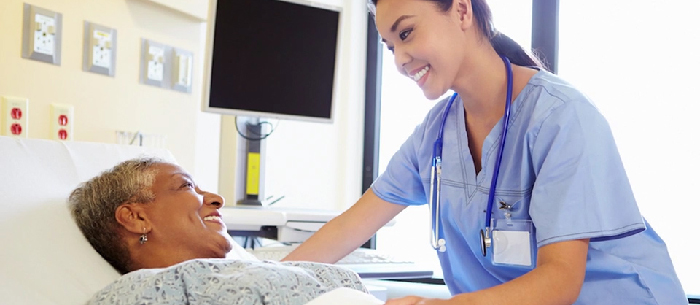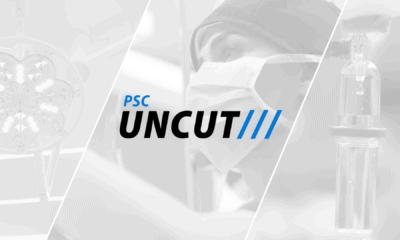MRSA, which stands for Methicillin-resistant Staphylococcus aureus, is one of the most dreaded acronyms in the English language these days. MRSA is basically a staph infection, and while staph are common bacteria that live on all of us, the problem with this strain is that it is resistant to most antibiotics. The symptoms can range anywhere from a mild skin sore to a more serious infection of a surgical wound, the bloodstream, the lungs or the urinary tract.
Dr. Richard Restifo of Orange, CT and Dr. Steven Camp of Ft. Worth, TX discuss what causes MRSA as well as the best ways to prevent patients from contracting it in the first place.
What Causes MRSA?
Staph is a common bacteria that lives on the skin, and it’s estimated that one third of the population has staph bacteria in their noses. It doesn’t really become a problem unless it enters the body through, say, a cut in the skin. At that point it can cause an infection.
Again, not a huge deal. Your doctor simply gives you a does of antibiotics and you go on your way. However, MRSA, which is a specific strain of staph, is resistant to most antibiotics including:
- Methicillin
- Amoxicillin
- Penicillin
- Oxacillin
- Cephalosporins
It is also highly adaptable so while researchers are coming up with new antibiotics to fight MRSA, it’s fighting back making that antibiotic no longer an option. It can be dangerous stuff.
Who’s at Risk for Contracting MRSA?
How do you avoid putting yourself at risk of getting a MRSA infection? “Sick people. People who have been in the hospital. People who have relatives in a nursing home. People who have relatives that have had a MRSA infection,” are all patients with a much higher risk of getting MRSA explains Dr. Restifo. And though the infections are rarely dangerous, they are annoying, and can delay your healing.

“They are thankfully uncommon in plastic surgery procedures,” says Dr. Camp. This is because the majority of plastic surgery patients are already in good health, and many of the procedures are not performed in a hospital. However, with the high risk patient groups that Dr. Restifo mentioned, there are protocols that must be followed to keep patients safe.
To this risk group, Dr. Camp would add the following:
- Anyone who works in healthcare
- People who live in a group setting, such as a dorm
- College students
- People who frequent environments where things are shared such as the gym or an exercise class
- Military personal
- Kids in day care
- Prison inmates
If Dr. Camp is seeing a patient for a breast augmentation who he knows works in an intensive care unit or is a nurse then he, “will do some screening. It’s simple. It involves some nasal swabbing. And preoperative discussions and planning to keep them safe.”
MRSA and Plastic Surgery
If you are considering a surgical cosmetic procedure and are worried about your risk of contracting a MRSA infection, there are things that you can do to lower that risk. While no surgery is risk free, your risks definitely increase if you are having your plastic surgery procedure done in a hospital. So, you may want to consider an office-based procedure if that is an option. Many procedures that used to only be done in a hospital such as a facelift, upper or lower blepharoplasty and liposuction can now be done in the office.
The other option is a having your procedure performed in a surgery center as opposed to a hospital. One question any prospective patient who is worried about an infection might ask of his or her surgeon is, “What is the MRSA infection rate at the place where you’re going to do my surgery?” According to Restifo, “surgery centers, because there aren’t typically sick people there, tend to have lower infection rates in general and MRSA in particular [than a hospital].”

But what if you don’t have a choice and must have your procedure done in a hospital? Share your fears with your surgeon so that he or she can walk you through the steps that will be taken to ensure that you remain infection free.
Although there are not necessarily specific plastic surgery procedures that run a higher MRSA risk than others, infection rates do go up in direct proportion to the length of surgical time. Furthermore, since one of the major homes for any staph bacteria, including MRSA, is the inside of the nose, plastic surgeons must be “hyper-vigilant about that,” says Camp when doing any nasal or facial procedure such as a rhinoplasty or facelift.
Bottom line, there is no reason to let your fear of MRSA prevent you from having your plastic surgery. Just be smart.







Facebook
Twitter
Instagram
YouTube
RSS